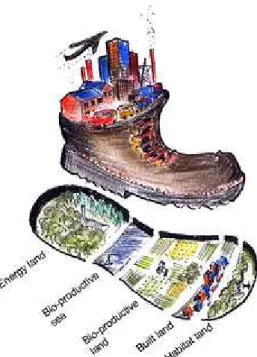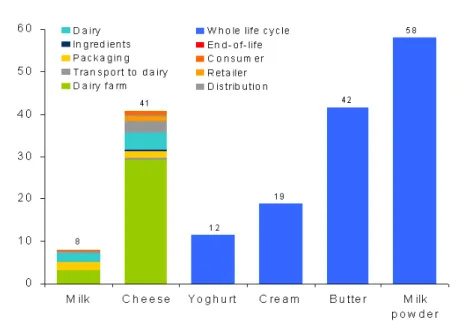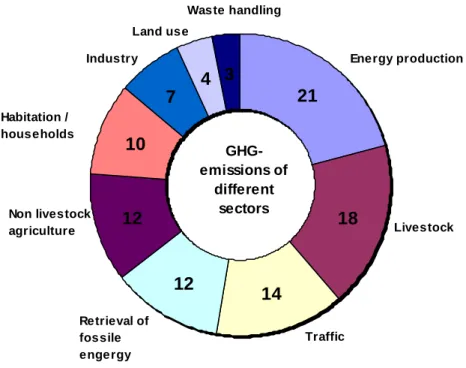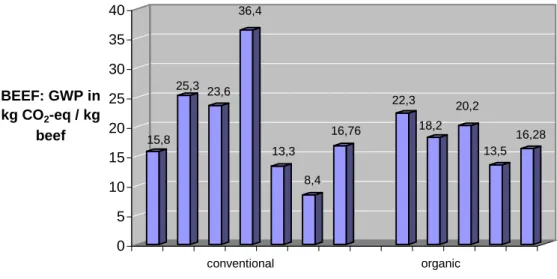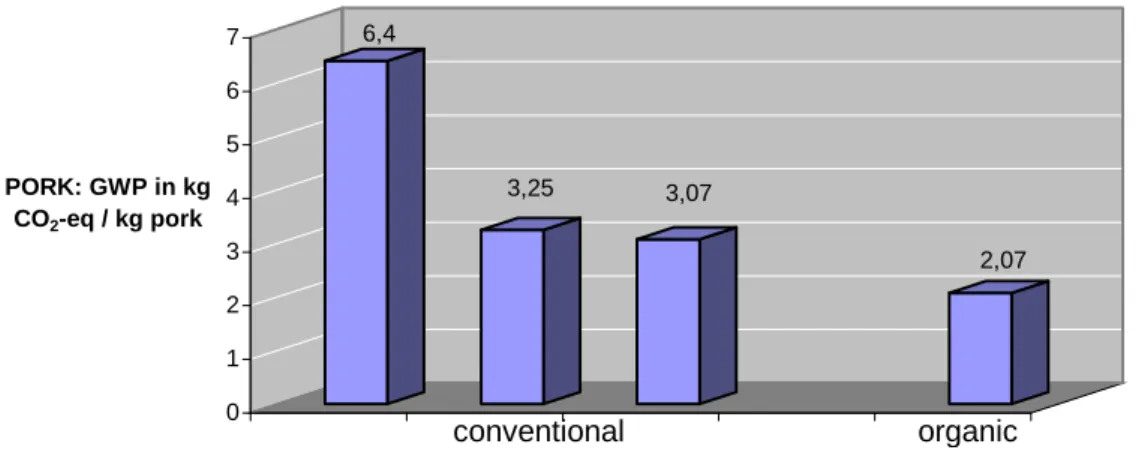NASA National Aeronautics and Space Administration of the US government, responsible for the nation's space programs and research. WHO World Health Organization, an agency of the United Nations that specializes in public health issues.
Pork represents 40 percent of global meat production, poultry 30 percent and beef 22 percent, 55 percent of global pig production, 61 percent of global egg production and 72 percent of global poultry meat production takes place in industrial plants. (FAO, 2009b), where fodder production often takes place far away from livestock facilities. Chapters 2 through 5 summarize the enormous negative impact of the mass production of animal products and the breeding of more than 65 billion animals annually on the environment, human health, the global diet, and the animals themselves.
Livestock is responsible for almost 80 percent of the total emissions from the global agricultural sector (Steinfeld, Gerber et al., 2006; . McMichael et al., 2007). Significant contributions are those from meat and dairy products with 54 percent of total GDP for food production (Muñoz et al., 2010).

On the other hand, other authors emphasize that soil quality has declined and will continue to decline in the future (Bouma et al., 1998). Organic farming systems could be an alternative approach that reduces this loss of land: After evaluating 293 studies, Badgley et al. 2007) that organic farming also has the potential to feed the global population. The numbers in parentheses in the feed requirement section per kg live weight (first row) shows ranges from different analyzes (Caspari et al., 2009; Garnett, 2009).
If people in developing countries ate the same amount of meat as those in industrialized countries, global agricultural area demand would increase by two-thirds (Naylor et al., 2005). The introduction of intensive livestock systems on the other hand will clearly lead to a massive competition between livestock and humans for food resources, as can be seen in industrialized countries. In all other livestock systems - and this is the vast majority in global livestock production - animals act as food competitors for humans, losing food calories en route between plants and humans to the animals'.

This is consistent with findings that three out of four new pathogens affecting humans in the decade before 2001 originated from animal products or animals (Taylor et al., 2001). High stocking densities within stands in industrial livestock systems may also increase the prevalence of different influenza viruses (Maes et al., 2000). Insects are another opportunity for pathogens to enter or exit livestock units, such as poultry farms (Sawabe et al., 2006).
The authors also found that meat eaters had double the risk compared to non-meat eaters of requiring emergency appendectomy (Appleby et al., 1999. Nevertheless, a non-significant reduction in mortality from ischemic heart disease remained among vegetarians (Key et al al. ., 2003.) To a lesser extent, cream or butter consumption was also correlated with MS incidence (Malosse et al., 1992).
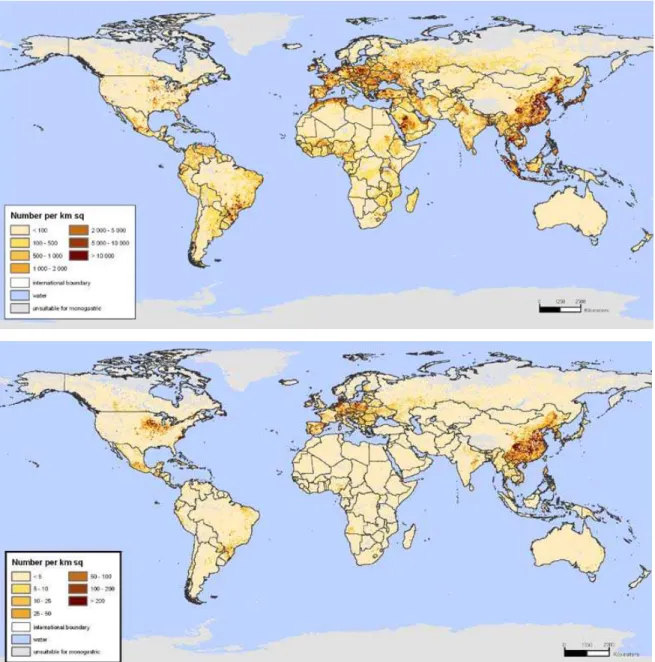
This doctoral thesis does not focus on animal welfare and veterinary science, nor on philosophy and the various animal rights schools of thought and their concepts. The same applies to the legal status of animals and a comparison of animal welfare legislation in different countries around the world. The many animal welfare issues associated with livestock production, especially in its industrial forms, span the entire life of an animal.
Animal welfare issues begin before birth with breeding resulting in the development of extreme characteristics detrimental to animal health and welfare, e.g. All the serious complaints listed in the previous subsections have led to the formation of animal protection and animal rights organizations that try to improve the situation for animals. Animal welfare can be defined as the “physical and psychological well-being” of non-human animals (Hewson, 2003).
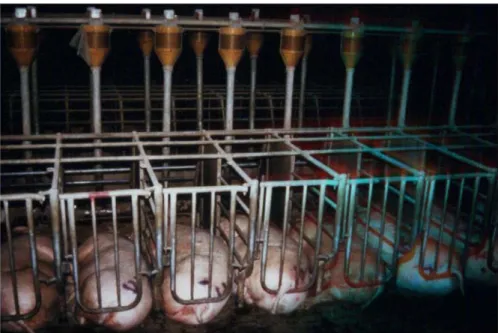
Animal welfare is part of the societal dimension, as is food security and other aspects such as meeting needs. The ecological factor (referred to as EC in the following formulas) includes all the effects of the constituent on the soil, as shown in Chapter 2. The health factor (referred to as HE in the following formulas) will evaluate the effect of the ingredient on human health based on scientific findings. knowledge.
RatingIng is the resulting rating of the ingredient, and in this case it also ranges from 0 (lowest score) to 100 (highest score). In the case described here, the TotalEvaluation is the total result of the food product in terms of its ethical standard and leads to a value from 0 (completely unacceptable) to 100 (optimal). The use of weighting factors that represent the weight ratios of the ingredients in the final product will again introduce a mathematical approach.

By capturing more and more shares of the total markets, the new plant-based foods would also gain more and more shares of the total marketing and advertising. Such local minima could eventually also lead to a shift of the energy minimum to the right, as shown in Figure 7.2, if they become deep enough to match the current true minimum. Such local minima can also lead to shifts from the absolute minimum, as shown in Figure 7.2.
Purpose: New plant-based foods - Should taste, feel and smell better or at least as good as animal meat, dairy products and egg products according to the majority of consumers. The business risk for producers of vegetarian meat alternatives should be mitigated by the fact that much of the necessary infrastructure (eg growing and processing grains or for processing meat) already exists (Goodland and Anhang, 2009). The American Dietetic Association has listed various options for the enrichment of the mentioned key nutrients for vegetarians (Mangels, Messina et al., 2003).
Furthermore, it claims that complete failure to meet any of the requirements in Figure 8.1 may result in product rejection even if all other requirements are fully met. It is also possible that excellence in only one of the requirements is sufficient to ensure product success. The problem with the initial formula is that the result is non-linear (eg an average score across all criteria leads to a total score of 25 instead of 50 as you might expect).
On the abscissa, the points of the 5 criteria are shown as a percentage of their maximum values, the ordinate shows the point (rating) of the product. If N multipliers are to be applied to the formula, then the Nth root must be extracted from the numerator and denominator. The categorical system can be configured in such a way that, for example, a total failure in flavor or health aspects of the food product would lead to the rating "unacceptable / deficient", regardless of the scores of other criteria.

But it should be noted that the quality of TVP has improved in the last 40 years. Customers for these products are therefore not the end consumers, and the products are only precursors to the final production of edible meat alternatives. Vegetable hydrated fibres, made from lupine or wheat, base material for the production of vegetable meatless products.
For side ingredients, the impact of their points on the total score is small, so the discussion about them is brief. But in summary, the products are effectively invisible to most meat-eating consumers and their marketing is not intended to compete with animal flesh, giving the products a rather poor score of 0.5 out of 2 in the context of this dissertation (or 25. Discussion and Evaluation has already been carried out for ethical assessment in subsection 9.3.1.
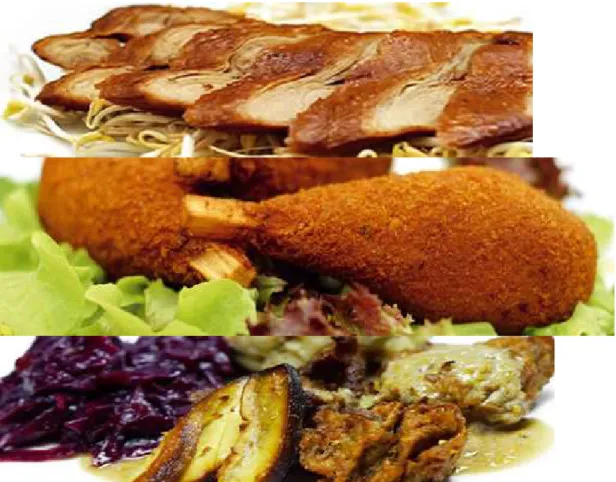
Egg substitutes based on whey protein concentrate (so they are not exclusively vegetable), potato starch and sodium stearoyl lactylate. As already explained in chapter 9.3, the aim here is not to rank different egg alternatives against each other, but to present an evaluation of one of the egg substitutes on the market. The special feature of egg substitutes is that they are very heterogeneous in terms of the ingredients used.
After the ethical evaluation in the last subchapter, an economic evaluation of Solanic egg replacers is given in the next section. Alternatively, the categorical evaluation model as described in Section 8.3 is used, and the scores from Table 10.6 are used, the overall economic rating for Solanic potato protein based egg replacers is "Acceptable": this category and the minimum requirement of "FS and HE with a score of >=40 (and one of the two >=50), the other criteria (MA, SLH and PR) with an average result of. And an improved sustainability compared to egg products or dairy (see table 10.4) is another smaller incentive for marketing divisions to phase out Solanic potato proteins as egg substitutes in their final products.

The customers of these products are therefore not the final consumers, and the products are only precursors to the final production of dairy alternatives. Genetically modified soy is a bigger problem with these intermediates, although most companies have introduced non-GMO soy products for marketing reasons, especially for the European market. Non-dairy drinks and creams based on rice, soy, almonds, quinoa, oats, millet, spelt, barley or kamut.
The assessment showed a ratio of 1:5 for the compared production chains in terms of CO2 equivalents, for cumulative energy demand a ratio of 1:3.2 (for non-regenerative fossil energies of 1:1.4), for acidification a ratio of 1:17, for eutrophication a ratio of 1:4 and for. The assessment has been reviewed and confirmed by several institutes and includes sensitivity analyses, showing that only the assumption of cows fed without concentrates would significantly reduce these gaps, while there are still clear benefits for the soy drink in terms of the mentioned ecological measures . Cane sugar Joya does not specify fair trade or ecological agriculture for the cane sugar used.

